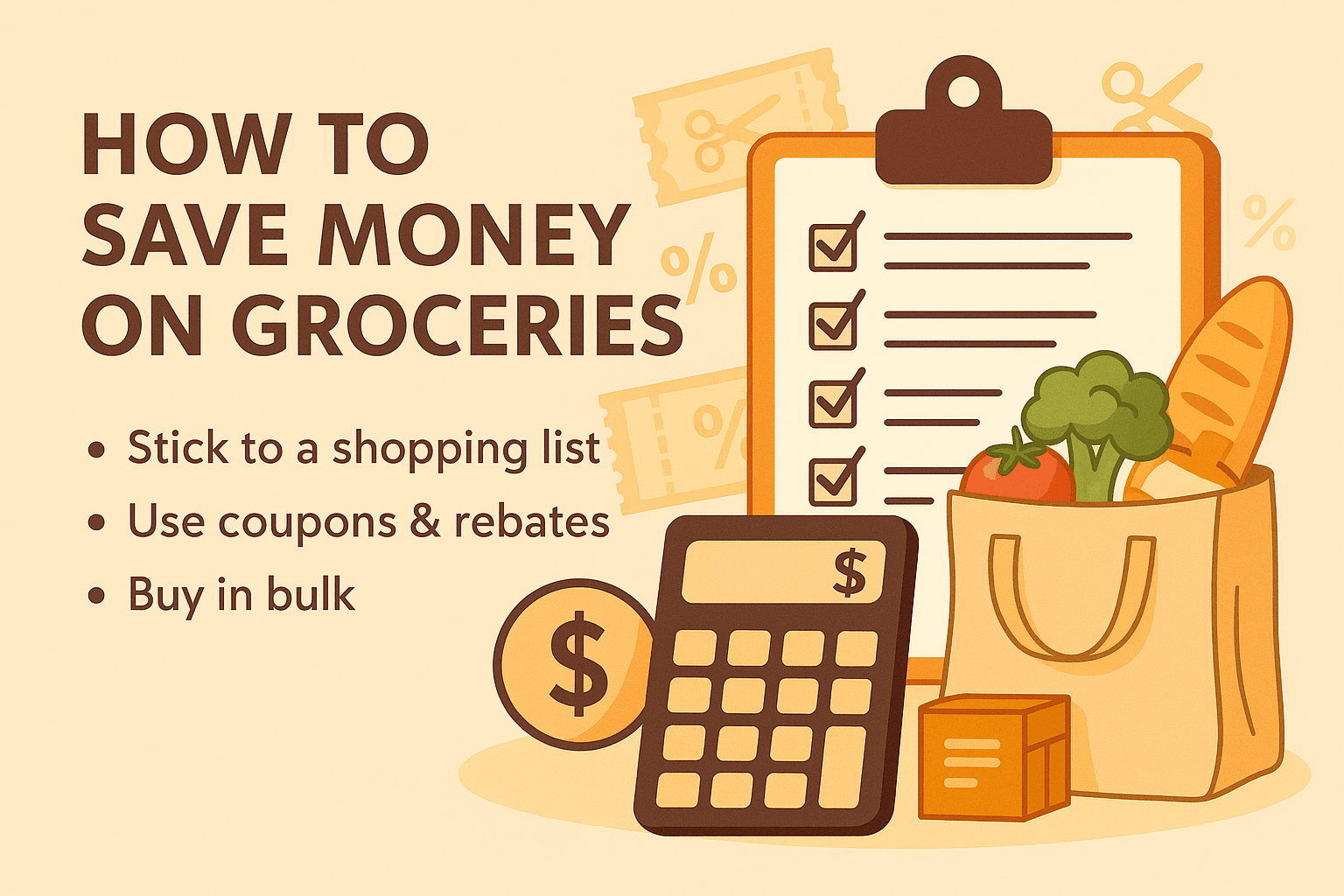
The 30-day clutter reset: a realistic plan that actually sticks
Clutter grows where decisions pile up. A month-long reset breaks the job into tiny wins so momentum never stalls. Treat it like a sprint: short sessions, clear targets, zero perfectionism. Keep a timer, a donation box, a trash bag, and sticky notes within reach so you never pause to hunt for tools.
Week 1 – Surfaces. Clear kitchen counters, coffee tables, and nightstands. Everything left should earn its spot—daily-use tools only. Put a donation box by the door and feed it daily. Wipe each surface as you finish; the clean feel reinforces the habit loop. Create “landing pads” for glasses, remotes, and chargers. End each day with a two-minute sweep so mess can’t re-settle.
Week 2 – Storage. Empty one shelf or drawer at a time. Use a three-way split: keep / donate / recycle-trash. If an item hasn’t been used in a year and isn’t a keepsake, it likely goes. Contain small items in trays or half-bins so contents don’t sprawl. Label everything—words beat memory. Set a “maybe” box with a 30-day date; if you don’t miss those items by the deadline, they leave.
 Week 3 – Clothes & paper. Try a “wardrobe” draft: pick your top 20 items first, then fill gaps. Favor versatile, well-fitting staples; duplicates beyond two usually signal clutter. For papers, digitize receipts and statements; store only essentials like tax records and warranties in labeled folders. Create a single “to-process” tray and schedule a weekly 10-minute paper session so piles never return.
Week 3 – Clothes & paper. Try a “wardrobe” draft: pick your top 20 items first, then fill gaps. Favor versatile, well-fitting staples; duplicates beyond two usually signal clutter. For papers, digitize receipts and statements; store only essentials like tax records and warranties in labeled folders. Create a single “to-process” tray and schedule a weekly 10-minute paper session so piles never return.
Week 4 – Systems. Assign every category a home—keys by the door, mail inbox on a shelf, chargers in a labeled bin. Use clear containers where possible; seeing stock prevents over-buying and duplicates. Add visual cues: tape outlines in drawers, shelf labels at eye level, and color bands for family members. Put bulk backups high or out of sight so “daily” zones stay roomy.
Set simple rules to prevent rebound. One-in, one-out for clothes and gadgets. A five-minute tidy each night. A weekly 15-minute reset for hotspots like the entryway and dining table. Adopt the “one-touch rule”: when something is in your hand, take it to its home now, not later.
Don’t chase perfection—chase repeatability. If a system fails, make it easier: bigger bins, fewer categories, labels anyone can follow. Homes with multiple people need “good” enough solutions that work on busy days. Keep “friction low” by storing items near where they’re used, and “barriers high” for clutter (e.g., donate box handier than deep storage).
Take before/after photos. Visual proof fuels motivation and highlights where clutter returns. By day 30, most spaces feel lighter, surfaces stay clearer, and cleaning time drops—because everything finally has a place. Celebrate with a quick walkthrough and a fresh label pass to lock the system in.
 Productivity
Productivity The Silent Struggle: Why Productivity Remains Elusive for Many Americans
Posted on 2025-09-24
Productivity is one of the most celebrated yet elusive concepts in modern American life. While count...
 Tips & Hacks
Tips & Hacks Smart grocery playbook: how to shave 20–30% without coupons
Posted on 2025-10-03
Shop with a short list and a “swap” rule. If chicken is pricey, swap in lentils, eggs, or canned fis...